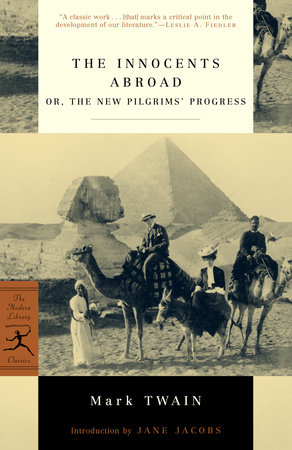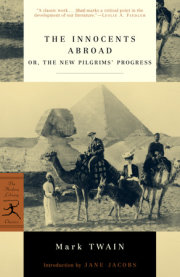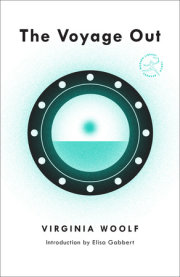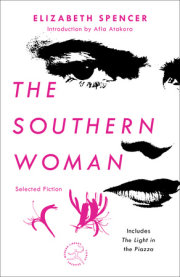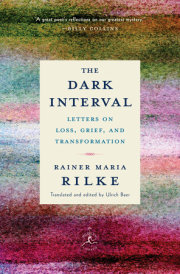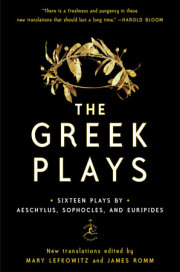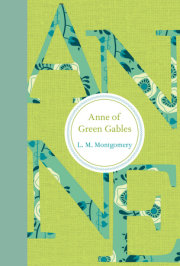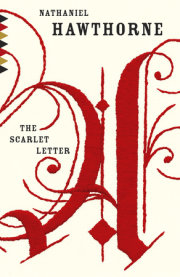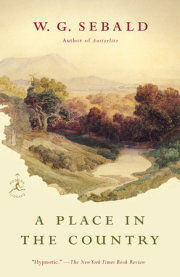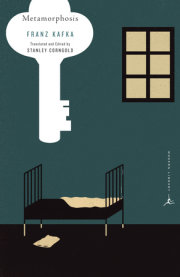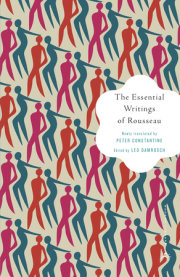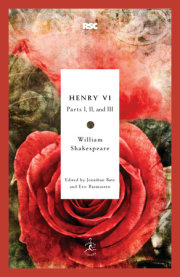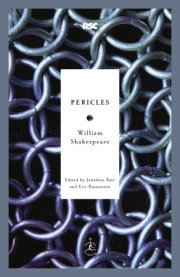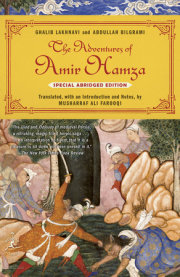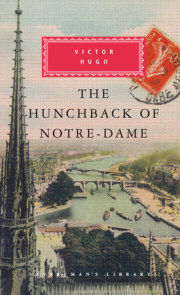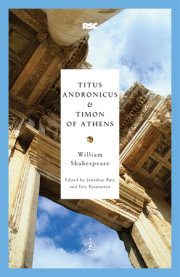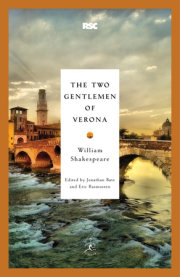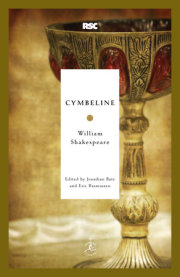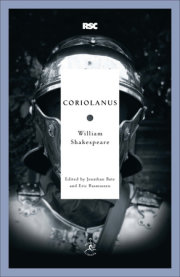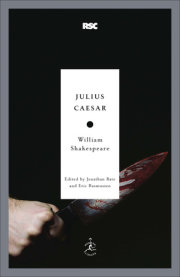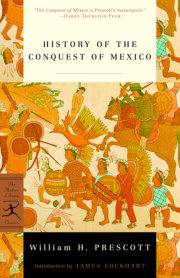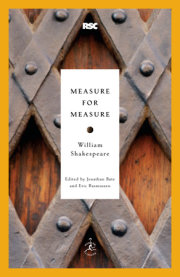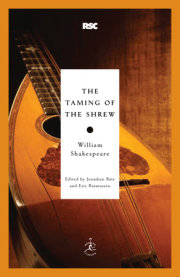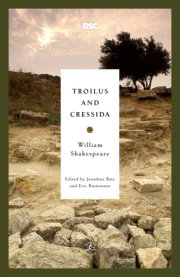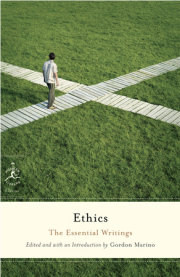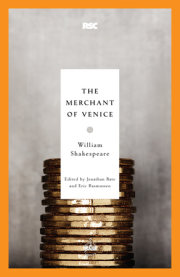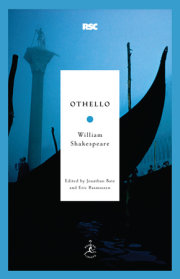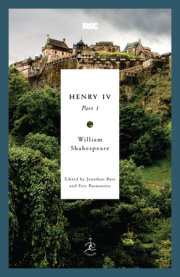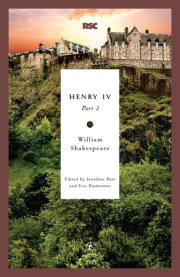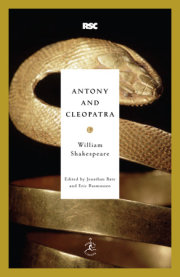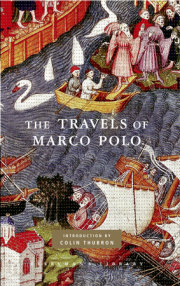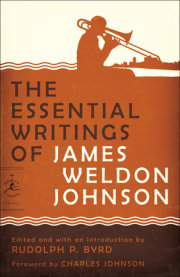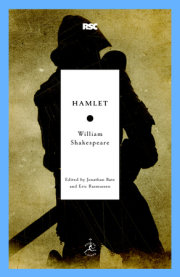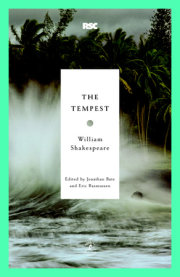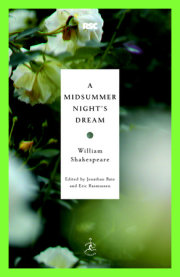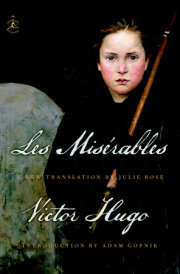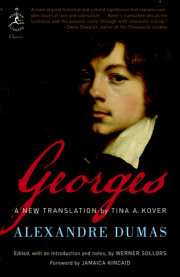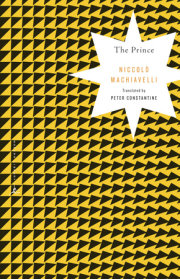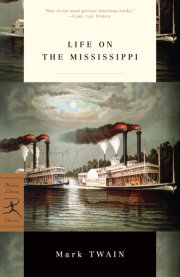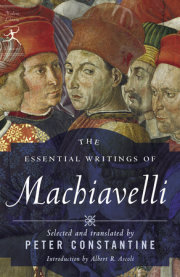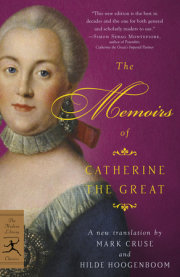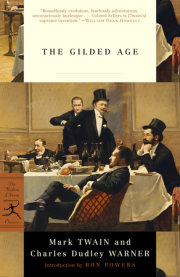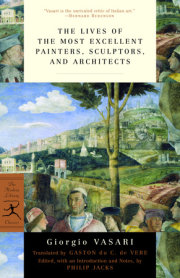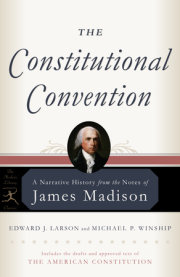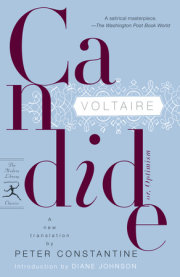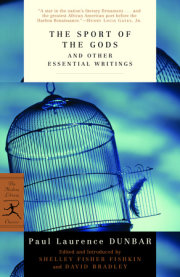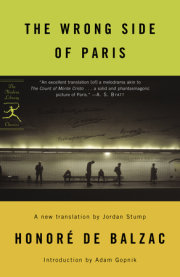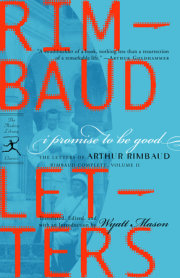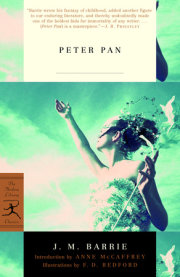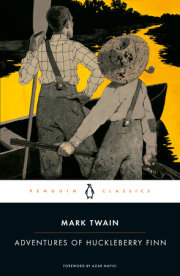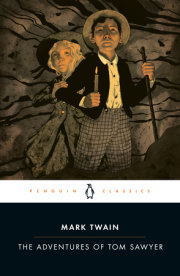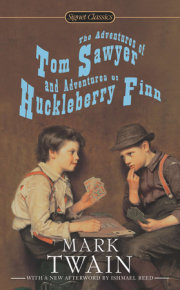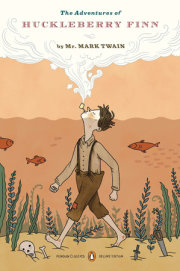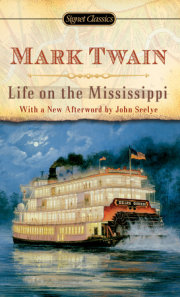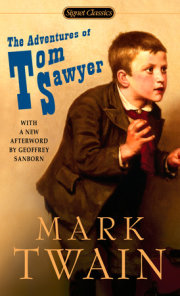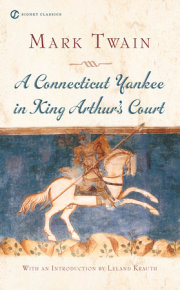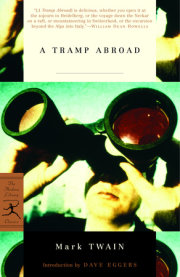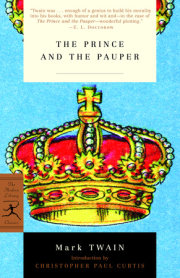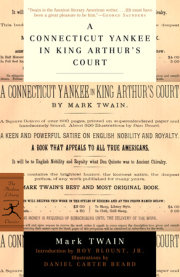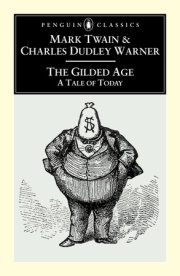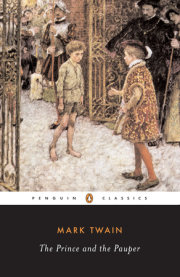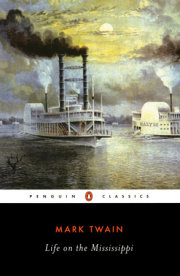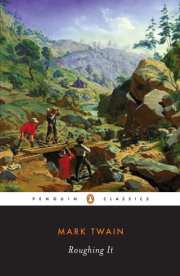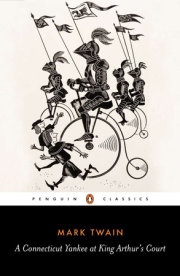Chapter 1For months the great Pleasure Excursion to Europe and the Holy Land was chatted about in the newspapers every where in America, and discussed at countless firesides. It was a novelty in the way of Excursions—its like had not been thought of before, and it compelled that interest which attractive novelties always command. It was to be a picnic on a gigantic scale. The participants in it, instead of freighting an ungainly steam ferry-boat with youth and beauty and pies and doughnuts, and paddling up some obscure creek to disembark upon a grassy lawn and wear themselves out with a long summer day’s laborious frolicking under the impression that it was fun, were to sail away in a great steamship with flags flying and cannon pealing, and take a royal holiday beyond the broad ocean, in many a strange clime and in many a land renowned in history! They were to sail for months over the breezy Atlantic and the sunny Mediterranean; they were to scamper about the decks by day, filling the ship with shouts and laughter—or read novels and poetry in the shade of the smoke-stacks, or watch for the jelly-fish and the nautilus, over the side, and the shark, the whale, and other strange monsters of the deep; and at night they were to dance in the open air, on the upper deck, in the midst of a ball-room that stretched from horizon to horizon, and was domed by the bending heavens and lighted by no meaner lamps than the stars and the magnificent moon—dance, and promenade, and smoke, and sing, and make love, and search the skies for constellations that never associate with the “Big Dipper” they were so tired of; and they were to see the ships of twenty navies—the customs and costumes of twenty curious peoples—the great cities of half a world—they were to hob-nob with nobility and hold friendly converse with kings and princes, Grand Moguls, and the anointed lords of mighty empires!
It was a brave conception; it was the offspring of a most ingenious brain. It was well advertised, but it hardly needed it: the bold originality, the extraordinary character, the seductive nature, and the vastness of the enterprise provoked comment every where and advertised it in every household in the land. Who could read the programme of the excursion without longing to make one of the party? I will insert it here. It is almost as good as a map. As a text for this book, nothing could be better:
EXCURSION TO THE HOLY LAND, EGYPT, THE CRIMEA, GREECE, AND INTERMEDIATE POINTS OF INTEREST. Brooklyn, February 1st, 1867.
The undersigned will make an excursion as above during the coming season, and begs to submit to you the following programme:
A first-class steamer, to be under his own command, and capable of accommodating at least one hundred and fifty cabin passengers, will be selected, in which will be taken a select company, numbering not more than three-fourths of the ship’s capacity. There is good reason to believe that this company can be easily made up in this immediate vicinity, of mutual friends and acquaintances.
The steamer will be provided with every necessary comfort, including library and musical instruments.
An experienced physician will be on board.
Leaving New York about June 1st, a middle and pleasant route will be taken across the Atlantic, and passing through the group of Azores, St. Michael will be reached in about ten days. A day or two will be spent here, enjoying the fruit and wild scenery of these islands, and the voyage continued, and Gibraltar reached in three or four days.
A day or two will be spent here in looking over the wonderful subterraneous fortifications, permission to visit these galleries being readily obtained.
From Gibraltar, running along the coasts of Spain and France, Marseilles will be reached in three days. Here ample time will be given not only to look over the city, which was founded six hundred years before the Christian era, and its artificial port, the finest of the kind in the Mediterranean, but to visit Paris during the Great Exhibition; and the beautiful city of Lyons, lying intermediate, from the heights of which, on a clear day, Mont Blanc and the Alps can be distinctly seen. Passengers who may wish to extend the time at Paris can do so, and, passing down through Switzerland, rejoin the steamer at Genoa.
From Marseilles to Genoa is a run of one night. The excursionists will have an opportunity to look over this, the “magnificent city of palaces,” and visit the birthplace of Columbus, twelve miles off, over a beautiful road built by Napoleon I. From this point, excursions may be made to Milan, Lakes Como and Maggiore, or to Milan, Verona, (famous for its extraordinary fortifications,) Padua, and Venice. Or, if passengers desire to visit Parma (famous for Correggio’s frescoes,) and Bologna, they can by rail go on to Florence, and rejoin the steamer at Leghorn, thus spending about three weeks amid the cities most famous for art in Italy.
From Genoa the run to Leghorn will be made along the coast in one night, and time appropriated to this point in which to visit Florence, its palaces and galleries; Pisa, its Cathedral and “Leaning Tower,” and Lucca and its baths, and Roman amphitheatre; Florence, the most remote, being distant by rail about sixty miles.
From Leghorn to Naples, (calling at Civita Vecchia to land any who may prefer to go to Rome from that point,) the distance will be made in about thirty-six hours; the route will lay along the coast of Italy, close by Caprera, Elba, and Corsica. Arrangements have been made to take on board at Leghorn a pilot for Caprera, and, if practicable, a call will be made there to visit the home of Garibaldi.
Rome, [by rail] Herculaneum, Pompeii, Vesuvius, Virgil’s tomb, and possibly, the ruins of Pæstum, can be visited, as well as the beautiful surroundings of Naples and its charming bay.
The next point of interest will be Palermo, the most beautiful city of Sicily, which will be reached in one night from Naples. A day will be spent here, and leaving in the evening, the course will be taken towards Athens.
Skirting along the north coast of Sicily, passing through the group of Æolian Isles, in sight of Stromboli and Vulcania, both active volcanoes, through the Straits of Messina, with “Scylla” on the one hand and “Charybdis” on the other, along the east coast of Sicily, and in sight of Mount Ætna, along the south coast of Italy, the west and south coast of Greece, in sight of ancient Crete, up Athens Gulf, and into the Piræus, Athens will be reached in two and a half or three days. After tarrying here awhile, the Bay of Salamis will be crossed, and a day given to Corinth, whence the voyage will be continued to Constantinople, passing on the way through the Grecian Archipelago, the Dardanelles, the Sea of Marmora, and the mouth of the Golden Horn, and arriving in about forty-eight hours from Athens.
After leaving Constantinople, the way will be taken out through the beautiful Bosphorus, across the Black Sea to Sebastopol and Balaklava, a run of about twenty-four hours. Here it is proposed to remain two days, visiting the harbors, fortifications, and battle-fields of the Crimea; thence back through the Bosphorus, touching at Constantinople to take in any who may have preferred to remain there; down through the Sea of Marmora and the Dardanelles, along the coasts of ancient Troy and Lydia in Asia, to Smyrna, which will be reached in two or two and a half days from Constantinople. A sufficient stay will be made here to give opportunity of visiting Ephesus, fifty miles distant by rail.
From Smyrna towards the Holy Land the course will lay through the Grecian Archipelago, close by the Isle of Patmos, along the coast of Asia, ancient Pamphylia, and the Isle of Cyprus. Beirout will be reached in three days. At Beirout time will be given to visit Damascus; after which the steamer will proceed to Joppa.
From Joppa, Jerusalem, the River Jordan, the Sea of Tiberias, Nazareth, Bethany, Bethlehem, and other points of interest in the Holy Land can be visited, and here those who may have preferred to make the journey from Beirout through the country, passing through Damascus, Galilee, Capernaum, Samaria, and by the River Jordan and Sea of Tiberias, can rejoin the steamer.
Leaving Joppa, the next point of interest to visit will be Alexandria, which will be reached in twenty-four hours. The ruins of Cæsar’s Palace, Pompey’s Pillar, Cleopatra’s Needle, the Catacombs, and ruins of ancient Alexandria, will be found worth the visit. The journey to Cairo, one hundred and thirty miles by rail, can be made in a few hours, and from which can be visited the site of ancient Memphis, Joseph’s Granaries, and the Pyramids.
From Alexandria the route will be taken homeward, calling at Malta, Cagliari (in Sardinia,) and Parma (in Majorca,) all magnificent harbors, with charming scenery, and abounding in fruits.
A day or two will be spent at each place, and leaving Parma in the evening, Valencia in Spain will be reached the next morning. A few days will be spent in this, the finest city of Spain.
From Valencia, the homeward course will be continued, skirting along the coast of Spain. Alicant, Carthagena, Palos, and Malaga, will be passed but a mile or two distant, and Gibraltar reached in about twenty-four hours.
A stay of one day will be made here, and the voyage continued to Madeira, which will be reached in about three days. Captain Marryatt writes: “I do not know a spot on the globe which so much astonishes and delights upon first arrival as Madeira.” A stay of one or two days will be made here, which, if time permits, may be extended, and passing on through the islands, and probably in sight of the Peak of Tene- riffe, a southern track will be taken, and the Atlantic crossed within the latitudes of the Northeast trade winds, where mild and pleasant weather, and a smooth sea, can always be expected.
A call will be made at Bermuda, which lies directly in this route homeward, and will be reached in about ten days from Madeira, and after spending a short time with our friends the Bermudians, the final departure will be made for home, which will be reached in about three days.
Already, applications have been received from parties in Europe wishing to join the Excursion there.
The ship will at all times be a home, where the excursionists, if sick, will be surrounded by kind friends, and have all possible comfort and sympathy.
Should contagious sickness exist in any of the ports named in the programme, such ports will be passed, and others of interest substituted.
The price of passage is fixed at $1,250, currency, for each adult passenger. Choice of rooms and of seats at the tables apportioned in the order in which passages are engaged, and no passage considered engaged until ten per cent. of the passage money is deposited with the treasurer.
Passengers can remain on board of the steamer, at all ports, if they desire, without additional expense, and all boating at the expense of the ship.
All passages must be paid for when taken, in order that the most perfect arrangements be made for starting at the appointed time.
Applications for passage must be approved by the committee before tickets are issued, and can be made to the undersigned.
Articles of interest or curiosity, procured by the passengers during the voyage, may be brought home in the steamer free of charge.
Five dollars per day, in gold, it is believed, will be a fair calculation to make for all traveling expenses on shore, and at the various points where passengers may wish to leave the steamer for days at a time.
The trip can be extended, and the route changed, by unanimous vote of the passengers.
Chas. C. Duncan, 117 Wall Street, New York. R. R. G******, Treasurer. committee on applications J. T. H*****, Esq.,R. R. G*****, Esq., C. C. Duncan. committee on selecting steamer. Capt. W. W. S****. Surveyor for Board of Underwriters. C. W. C*******, Consulting Engineer for U. S. and Canada. J. T. H*****, Esq. C. C. Duncan. p.s.—The very beautiful and substantial side wheel steamship “Quaker City” has been chartered for the occasion, and will leave New York, June 8th. Letters have been issued by the government commending the party to courtesies abroad.
What was there lacking about that programme, to make it perfectly irresistible? Nothing, that any finite mind could discover. Paris, England, Scotland, Switzerland, Italy—Garibaldi! The Grecian archipelago! Vesuvius! Constantinople! Smyrna! The Holy Land! Egypt and “our friends the Bermudians!” People in Europe desiring to join the Excursion—contagious sickness to be avoided—boating at the expense of the ship—physician on board—the circuit of the globe to be made if the passengers unanimously desired it—the company to be rigidly selected by a pitiless “Committee on Applications”—the vessel to be as rigidly selected by as pitiless a “Committee on Selecting Steamer.” Human nature could not withstand these bewildering temptations. I hurried to the Treasurer’s office and deposited my ten per cent. I rejoiced to know that a few vacant state-rooms were still left. I did avoid a critical personal examination into my character, by that bowelless committee, but I referred to all the people of high standing I could think of in the community who would be least likely to know any thing about me.
Copyright © 2003 by Mark Twain. All rights reserved. No part of this excerpt may be reproduced or reprinted without permission in writing from the publisher.

